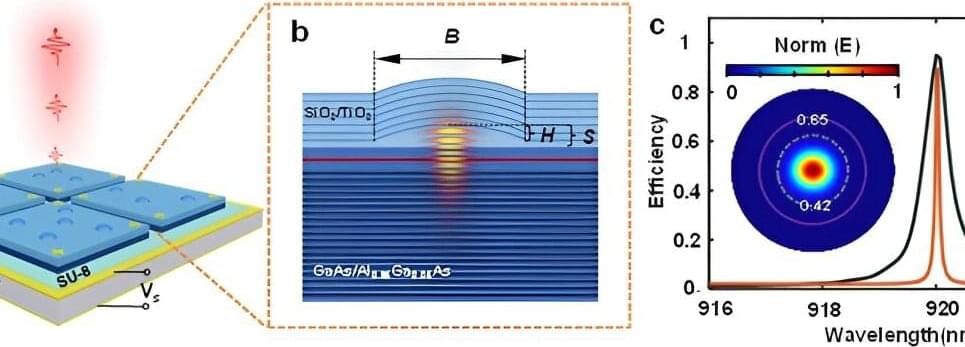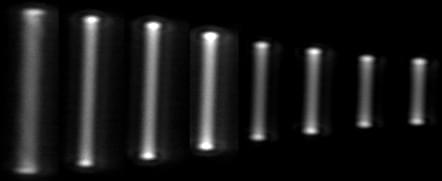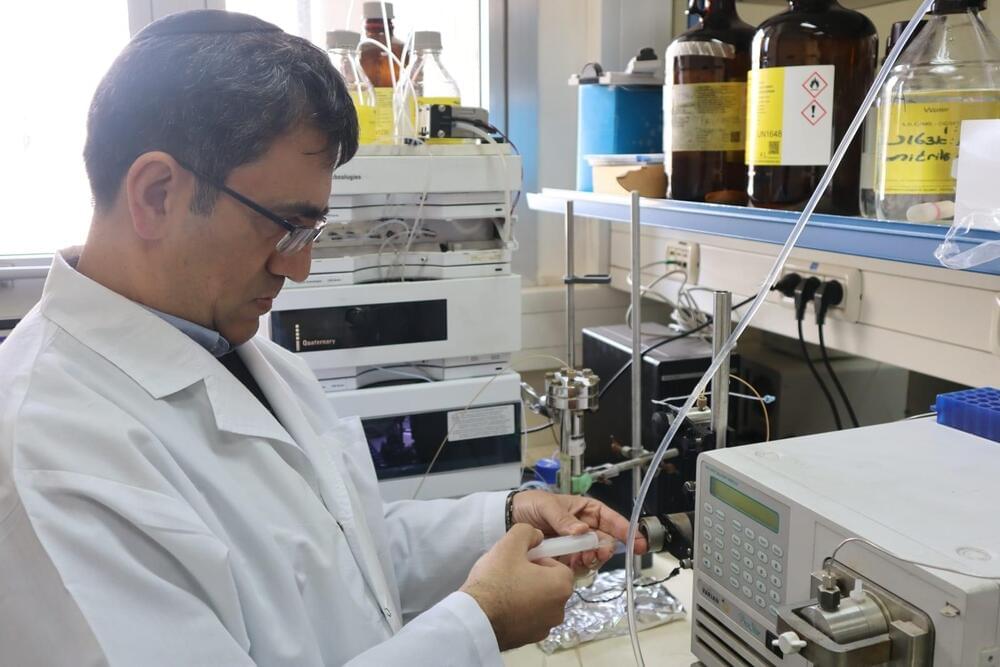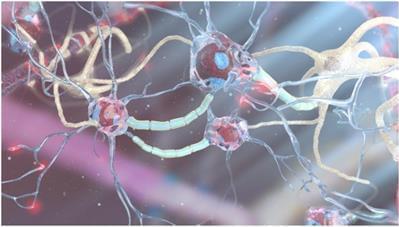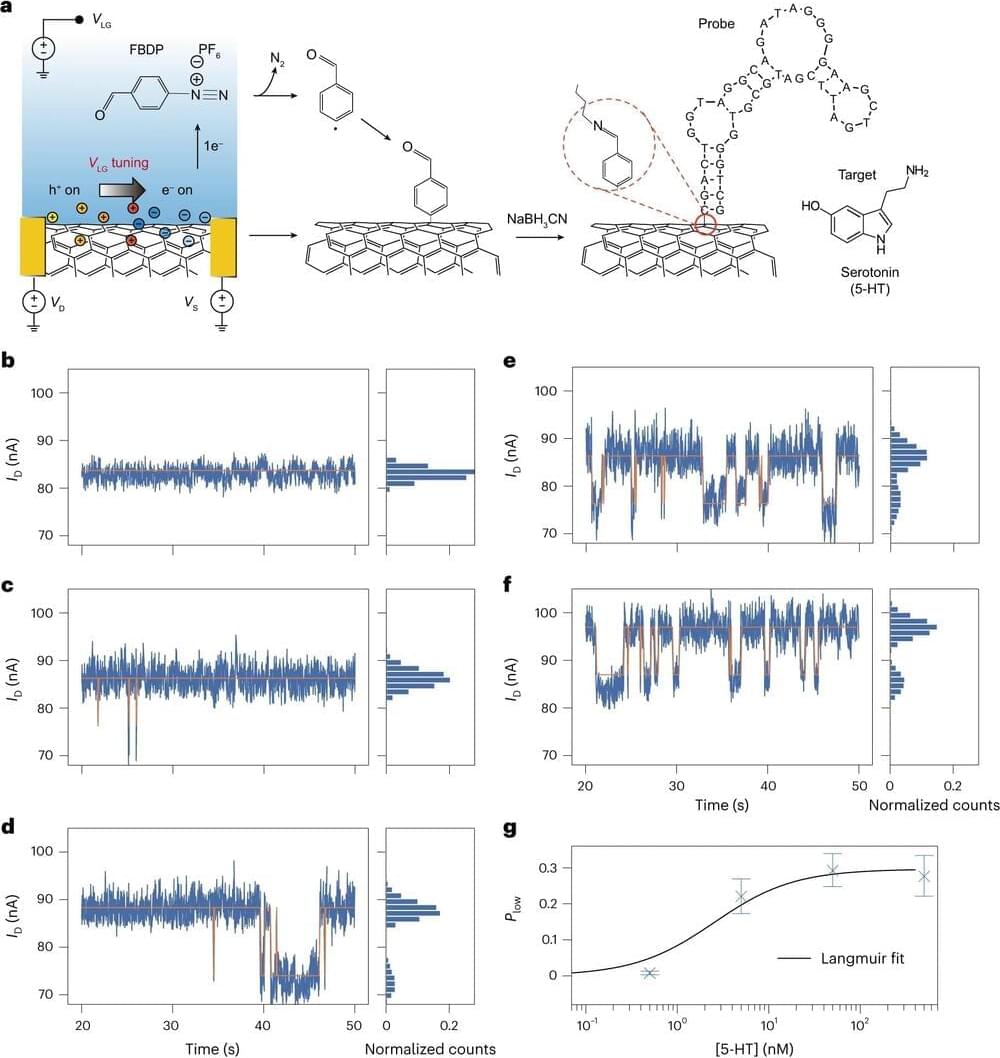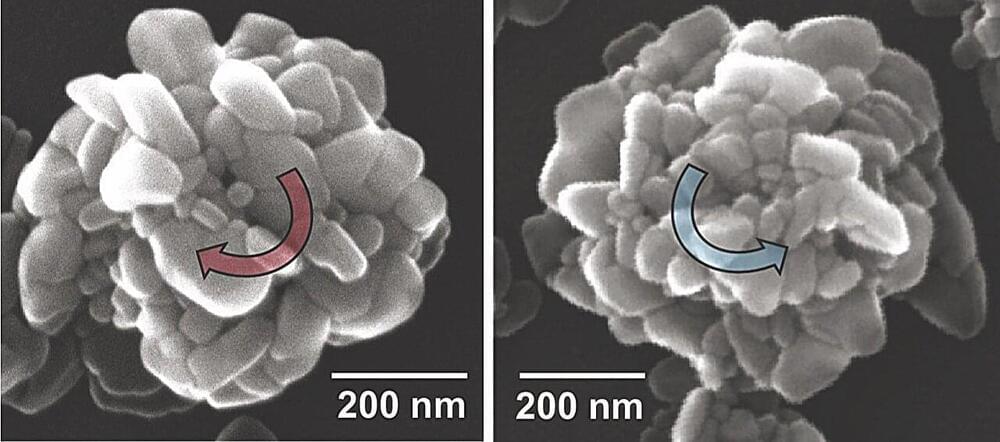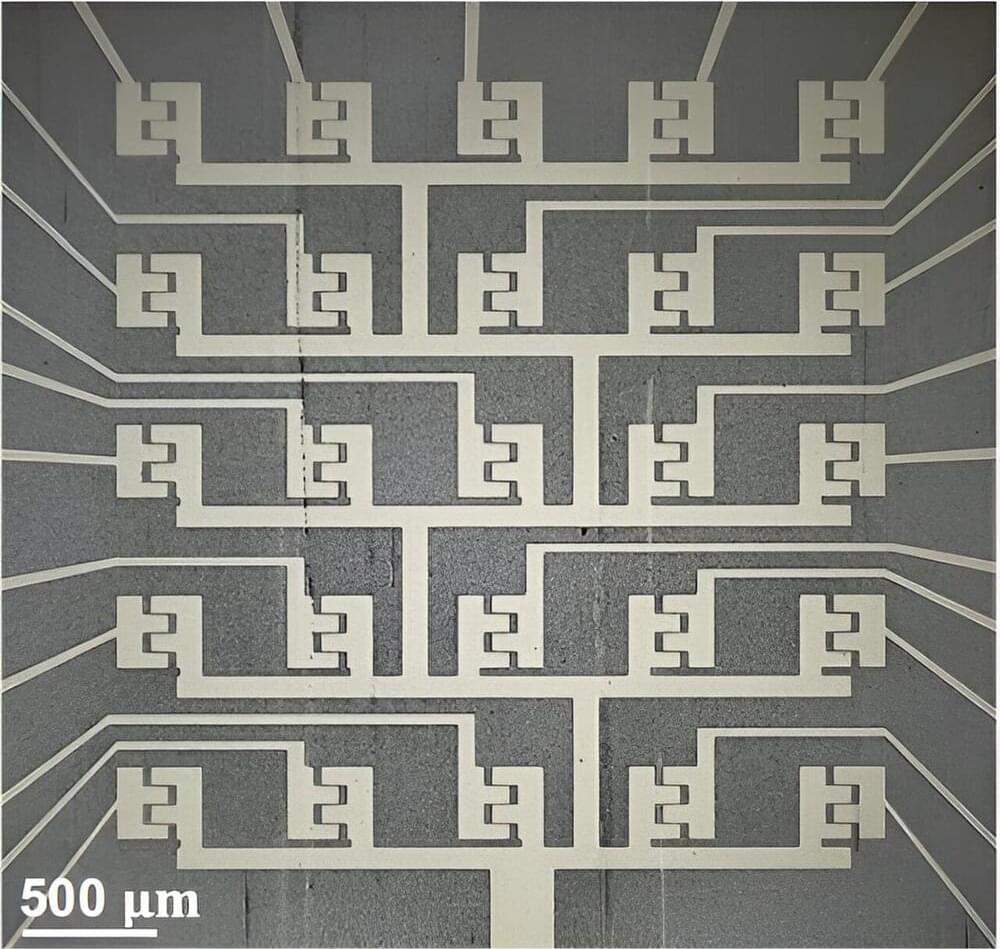Self-assembled semiconductor quantum dots (QDs) represent a three-dimensional confined nanostructure with discrete energy levels, which are similar to atoms. They are capable of producing highly efficient and indistinguishable single photons on demand and are important for exploring fundamental quantum physics and various applications in quantum information technologies. Leveraging traditional semiconductor processes, this material system also offers a natural integration-compatible and scalable platform.
Category: nanotechnology – Page 70
Two scientists at the Swiss Laboratory of Nanoscience for Energy Technologies in the School of Engineering may have hit upon a way to simultaneously produce clean water and clean electricity, all with zero pollution.
Giulia Tagliabue, the head of the laboratory, and Tarique Anwar, a PhD student, focused their research on hydrovoltaic effects, which can harness the power of evaporation to provide a continuous flow of energy in order to harvest electricity using specialized nanodevices.
In less technical terms: It’s a way to create clean energy using the power of evaporation. And scientists are taking interest in it due to its planet-friendliness.
A recently tenured faculty member in MIT’s departments of Mechanical Engineering and Materials Science and Engineering, Kim has made numerous discoveries about the nanostructure of materials and is funneling them directly into the advancement of next-generation electronics.
His research aims to push electronics past the inherent limits of silicon — a material that has reliably powered transistors and most other electronic elements but is reaching a performance limit as more computing power is packed into ever smaller devices.
Today, Kim and his students at MIT are exploring materials, devices, and systems that could take over where silicon leaves off. Kim is applying his insights to design next-generation devices, including low-power, high-performance transistors and memory devices, artificial intelligence chips, ultra-high-definition micro-LED displays, and flexible electronic “skin.” Ultimately, he envisions such beyond-silicon devices could be built into supercomputers small enough to fit in your pocket.
A nanoresonator trapped in ultrahigh vacuum features an exceptionally high quality factor, showing promise for applications in force sensors and macroscopic tests of quantum mechanics.
Nanomechanical oscillators could be used to build ultrasensitive sensors and to test macroscopic quantum phenomena. Key to these applications is a high quality factor (Q), a measure of how many oscillation cycles can be completed before the oscillator energy is dissipated. So far, clamped-membrane nanoresonators achieved a Q of about 1010, which was limited by interactions with the environment. Now a team led by Tracy Northup at the University of Innsbruck, Austria, reports a levitated oscillator—a floating particle oscillating in a trap—competitive with the best clamped ones [1]. The scheme offers potential for order-of-magnitude improvements, the researchers say.
Theorists have long predicted that levitated oscillators, by eliminating clamping-related losses, could reach a Q as large as 1012. Until now, however, the best levitated schemes, based on optically trapped nanoparticles, achieved a Q of only 108. To further boost Q, the Innsbruck researchers devised a scheme that mitigated two important dissipation mechanisms. First, they replaced the optical trap with a Paul trap, one that confines a charged particle using time-varying electric fields instead of lasers. This approach eliminates the dissipation associated with light scattering from the trapped particle. Second, they trapped the particle in ultrahigh vacuum, where the nanoparticle collides with only about one gas molecule in each oscillation cycle.
Alzheimer’s is the most common form of dementia, affecting an estimated 6.7 million people in the US. Researchers seeking an effective treatment for the affliction have, over the last 30 years, focused their efforts on a protein known as amyloid beta (A-beta), which form clumps in the brain.
These clumps of A-beta proteins attack nerve cells, resulting initially in short-term memory impairment and later in the loss of judgment, language and thought processes.
Other researchers have previously developed an antibody which can identify and attach itself to A-beta proteins and delay the progression of Alzheimer’s in patients with early-to-mild cognitive impairment by up to 36%.
Process, and store data, most of which is handled by the rapidly expanding cloud. A stable, secure, real-time system may allow for interfacing the cloud with the human brain. One promising strategy for enabling such a system, denoted here as a “human brain/cloud interface” (“B/CI”), would be based on technologies referred to here as “neuralnanorobotics.” Future neuralnanorobotics technologies are anticipated to facilitate accurate diagnoses and eventual cures for the ∼400 conditions that affect the human brain. Neuralnanorobotics may also enable a B/CI with controlled connectivity between neural activity and external data storage and processing, via the direct monitoring of the brain’s ∼86 × 109 neurons and ∼2 × 1014 synapses. Subsequent to navigating the human vasculature, three species of neuralnanorobots (endoneurobots, gliabots, and synaptobots) could traverse the blood–brain barrier (BBB), enter the brain parenchyma, ingress into individual human brain cells, and autoposition themselves at the axon initial segments of neurons (endoneurobots), within glial cells (gliabots), and in intimate proximity to synapses (synaptobots). They would then wirelessly transmit up to ∼6 × 1016 bits per second of synaptically processed and encoded human–brain electrical information via auxiliary nanorobotic fiber optics (30 cm3) with the capacity to handle up to 1018 bits/sec and provide rapid data transfer to a cloud based supercomputer for real-time brain-state monitoring and data extraction. A neuralnanorobotically enabled human B/CI might serve as a personalized conduit, allowing persons to obtain direct, instantaneous access to virtually any facet of cumulative human knowledge. Other anticipated applications include myriad opportunities to improve education, intelligence, entertainment, traveling, and other interactive experiences. A specialized application might be the capacity to engage in fully immersive experiential/sensory experiences, including what is referred to here as “transparent shadowing” (TS). Through TS, individuals might experience episodic segments of the lives of other willing participants (locally or remote) to, hopefully, encourage and inspire improved understanding and tolerance among all members of the human family.
“We’ll have nanobots that… connect our neocortex to a synthetic neocortex in the cloud… Our thinking will be a… biological and non-biological hybrid.”
— Ray Kurzweil, TED 2014
As traditional top-down approaches like photolithography reach their limitations in creating nanostructures, scientists are shifting their focus toward bottom-up strategies. Central to this paradigm shift is the self-assembly of homogeneous soft matter, a burgeoning technique with the potential to produce complex nano-patterns on a vast scale.
Researchers have developed a carbon nanotube (CNT) transistor for molecule glasses that facilitates detailed examination of molecular interactions. This innovative technology is poised to open a fresh research direction in nanotechnology and molecular biology.
A new fabrication process for helical metal nanoparticles provides a simpler, cheaper way to rapidly produce a material essential for biomedical and optical devices, according to a study by University of Michigan researchers.
A research team from City University of Hong Kong (CityU) recently successfully achieved lattice-mismatch-free construction of III-V/chalcogenide core-shell heterostructure nanowires for electronic and optoelectronic applications. This breakthrough addresses crucial technological challenges related to the lattice mismatch problem in the growth of high-quality heterostructure semiconductors, leading to enhanced carrier transport and photoelectric properties.
